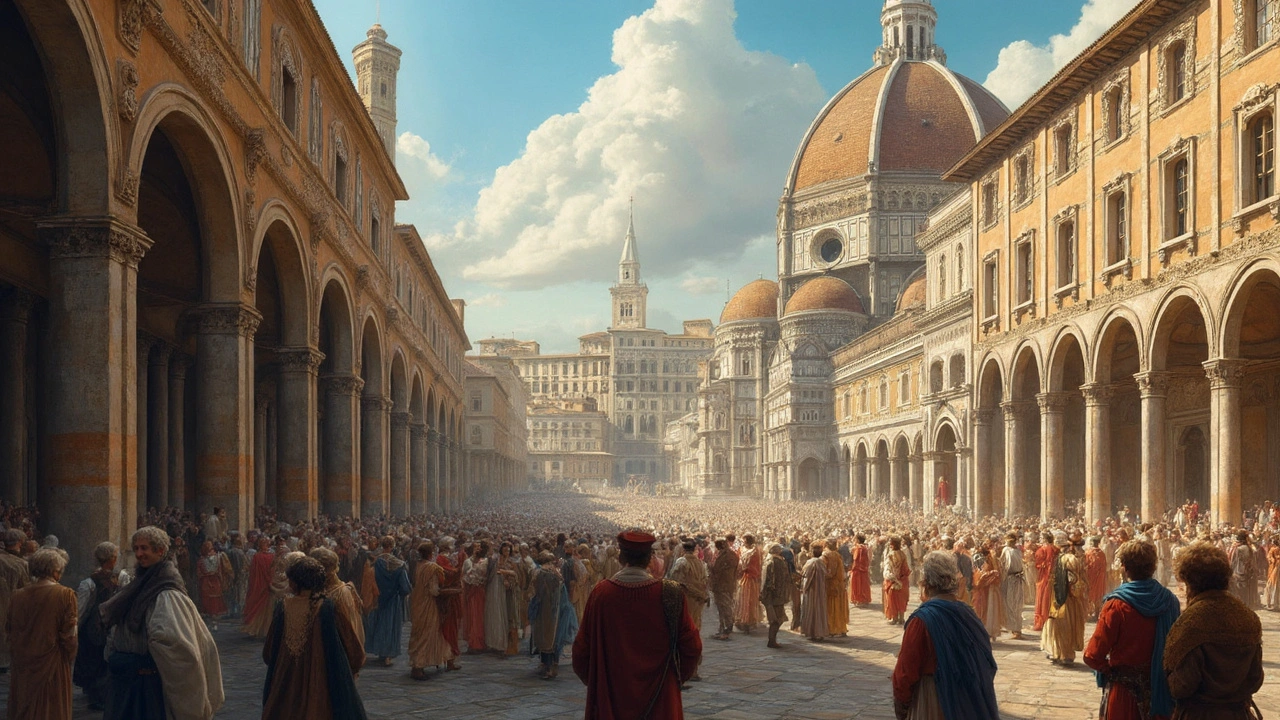Wealth and Architecture: Read the Signs in Stone and Style
Wealth shows up in buildings. Big budgets create domes, carved facades, and grand halls. But money also shapes taste: what the rich build or restore often becomes the style everyone copies. If you want to understand cities, travel, or home design, look at who paid for the buildings. That tells you more than any plaque.
Across history, patrons used architecture to display power. Kings and churches funded Baroque palaces and gilded interiors to impress and control. Wealthy merchants built grand townhouses during the Georgian and Beaux-Arts eras to show social standing. Later, industrial fortunes funded Renaissance Revival and Beaux-Arts public buildings, leaving lasting city landmarks.
How to Spot Wealth in Architecture
Want to pick out wealth on a walk? Watch for scale and detail. Large volumes, tall ceilings, and wide staircases usually mean money was available. Fine materials — marble floors, carved stone, bronze railings — are a clear sign. Decorative programs like frescoes, mosaics, or complex stone carving take time and skill, so they’re expensive choices. Even layout matters: separate service wings, formal reception rooms, and private gardens point to wealth shaping function as well as form.
Styles give clues, too. Baroque, Rococo, and Beaux-Arts often signal lavish spending. Greek Revival and Georgian facades can mark civic or merchant money invested in respectable, classical looks. Roman and Byzantine influences show how empires used architecture to project authority and faith.
What Wealth Means for Today’s Design
Wealth still molds design, but it does so differently now. Big developers fund glass towers and Beaux-Arts restorations alike. Philanthropists back museums, while private collectors drive trends in art and interiors. You’ll also see a reaction: minimalism and functionalism often arise as conscious responses to excess, prized for simplicity rather than ornament.
If you like the look of grand styles but don’t have a palace-sized budget, pick one clear element and use it well. A statement doorway, a high-quality mantel, or a single antique piece can give a room a wealthy feel without overspending. For renters, swap lamps, textiles, or hardware for an instant upgrade that echoes historic styles.
Preservation is another place where wealth matters. Restoring a Gothic Revival church or a Beaux-Arts bank costs a lot, so projects need public funds, grants, or private donors. That means which buildings survive often depends on who cares enough to pay. If you love a local landmark, supporting a preservation group can make a real difference.
Wealth touches everything from palace domes to the small choices in modern homes. Knowing how money has shaped architecture helps you read cities better and make smarter design moves at home. Look for scale, materials, and detail — those are the fingerprints of wealth in the built world.

Renaissance Architecture: Power, Wealth, and the Stories Told in Stone
Renaissance architecture wasn't just about good looks—it was a playground for showing off power and business smarts. This article unpacks how popes, kings, and merchants used grand buildings to shout their importance to the world. You'll see what set Renaissance design apart from what came before, and why Florence and Rome became hotspots for this style. Discover quirky details inside famous mansions, plus tips on how to spot Renaissance touches when you travel or scroll social media.
Read more